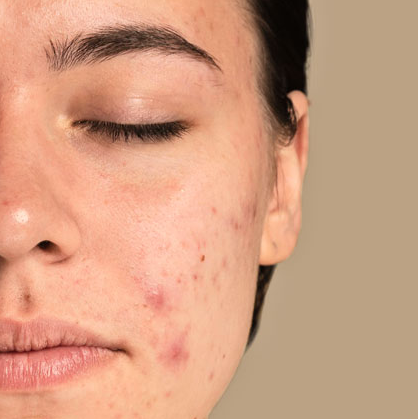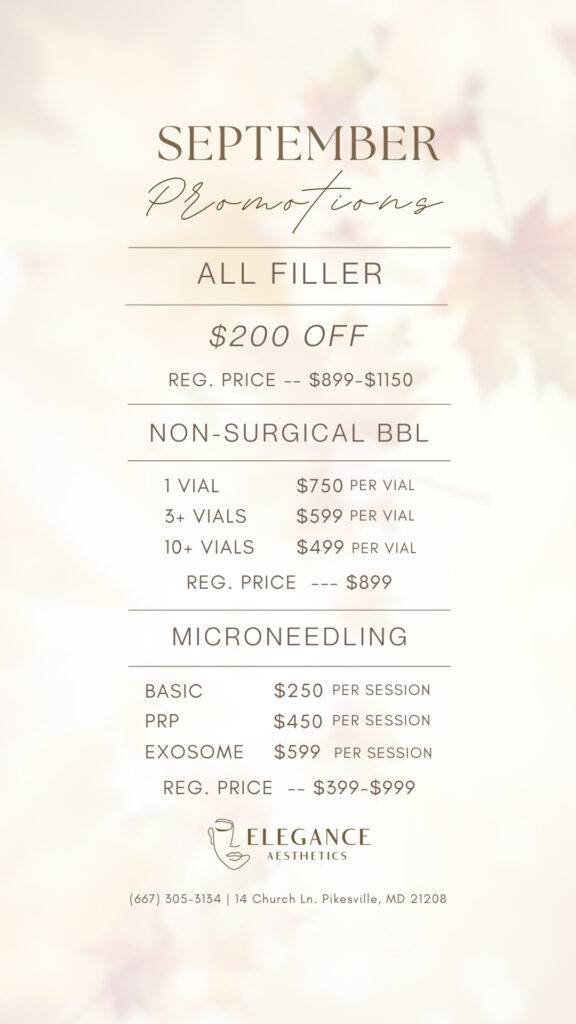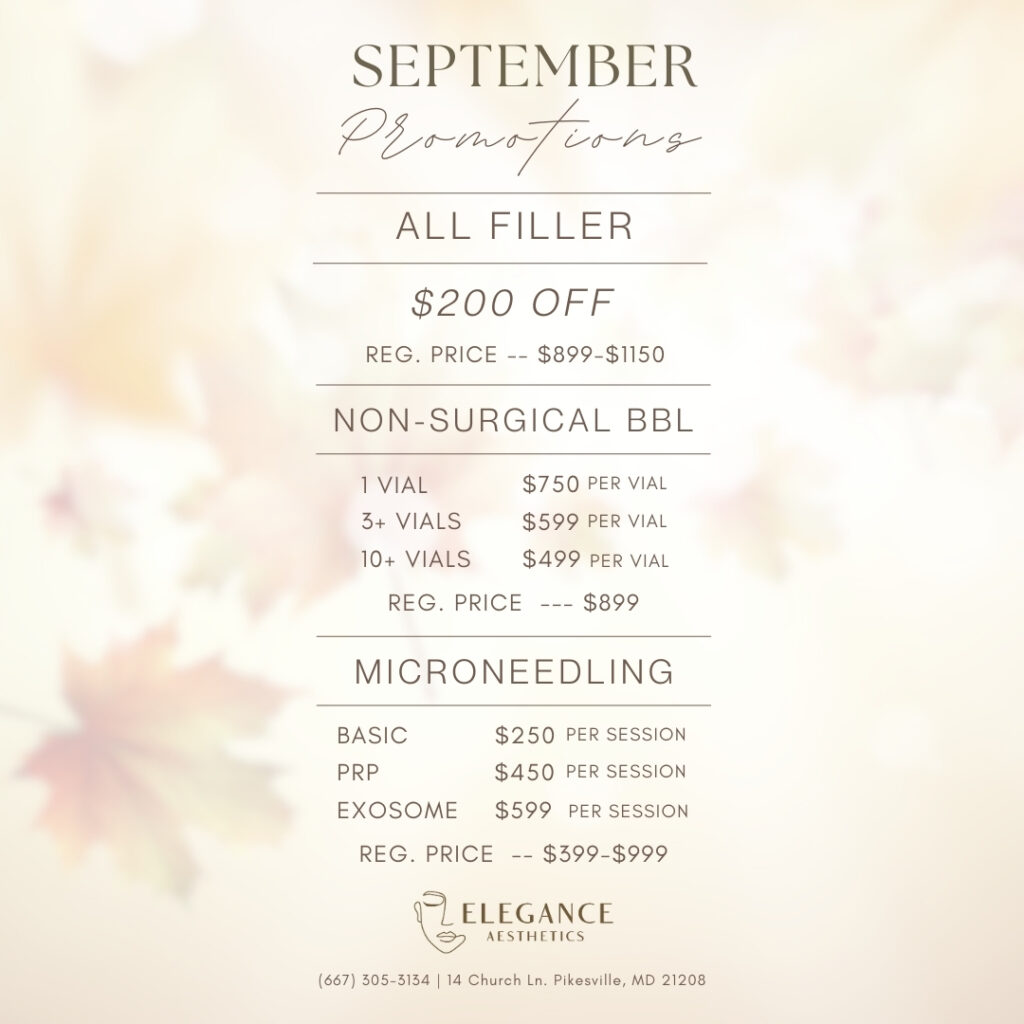Acne scars can linger long after the breakouts have healed. While the active blemishes may come and go, the marks they leave behind can affect your confidence and make your skin feel uneven or textured. If you’ve tried topical creams and home remedies but still struggle with stubborn scars, you’re not alone.
The good news is that modern skincare options, including professional treatments like microneedling, can help reduce the appearance of acne scars and restore smoother, more even skin.
In this blog, we’ll break down the causes of acne scars, how you can support healing at home, and how the Acne Scar Treatment at Elegance Aesthetics can help you finally fade those marks for good.
What Causes Acne Scars?
Acne scars develop when inflamed blemishes damage the skin’s underlying tissue. In simple terms, they’re part of the body’s healing process—but not always a perfect one.
Here’s how it works:
When you get a pimple, the skin becomes inflamed. If the damage is deep enough (like with cystic or nodular acne), your skin will produce collagen to repair it. If your body produces too much or too little collagen, it can result in a scar. These can take several forms:
Atrophic scars: These are the most common type of acne scars. They appear as depressions or indentations in the skin and include ice pick scars, boxcar scars, and rolling scars.
Hypertrophic or keloid scars: These are raised scars that occur when your body produces too much collagen during the healing process.
Post-inflammatory hyperpigmentation (PIH): Not technically a scar, this is darkened skin left behind after a breakout, especially in medium to darker skin tones.
Some people are more prone to scarring due to genetics, skin type, or the severity of their acne. But even mild breakouts can lead to long-lasting marks if not managed properly.
How To Prevent Acne Scars
While not every scar can be prevented, there are several steps you can take to reduce the chances of developing them:
1. Avoid Picking or Popping Pimples
One of the most common reasons acne turns into a scar is because of picking. It can push bacteria deeper into the skin and increase inflammation, making scarring more likely.
2. Treat Acne Early
Getting breakouts under control is key to preventing scars. Speak with a skincare professional or dermatologist about an acne treatment plan that works for your skin type.
3. Use Sunscreen Daily
UV rays can worsen the appearance of scars and hyperpigmentation. Use a broad-spectrum SPF 30 or higher every day—even when it’s cloudy.
4. Stay Consistent with Your Routine
A gentle, consistent skincare regimen helps calm inflammation, keep pores clear, and reduce the likelihood of long-term damage.
At-Home Tips to Fade Acne Scars
Some mild acne marks can fade on their own over time. For others, at-home care may help speed up the process. Here are a few options to try:
Vitamin C serums: Brighten skin and help fade dark spots.
Retinoids: Encourage cell turnover and improve skin texture (use with caution and start slowly).
AHAs and BHAs: Alpha and beta hydroxy acids exfoliate the skin, helping to fade pigmentation and unclog pores.
Niacinamide: A calming ingredient that helps with discoloration and overall skin tone.
Hydration and barrier repair: A healthy moisture barrier supports healing and reduces irritation.
While these methods can be effective for light pigmentation or uneven texture, they may not be enough for deeper scars. That’s where professional treatments come in.
How Microneedling Can Help Fade Acne Scars
For deeper, more persistent acne scarring, microneedling is one of the most trusted treatments available—and it’s one of the most popular solutions offered at Elegance Aesthetics.
Microneedling is a minimally invasive treatment that uses a specialized device with tiny, sterile needles to create microchannels in the skin. These controlled micro-injuries trigger the body’s natural healing response, boosting collagen and elastin production.
Over time, this leads to firmer, smoother skin and a noticeable reduction in the appearance of acne scars.
What Microneedling Does for Acne Scars
Stimulates Collagen: The micro-injuries prompt the skin to produce new collagen, which fills in atrophic scars and improves skin texture.
Softens Scar Tissue: It breaks up existing scar tissue, leading to smoother skin over time.
Evens Out Skin Tone: It helps reduce post-acne discoloration and pigmentation.
Shrinks Pores: Stimulating collagen also tightens pores, which can help prevent new breakouts.
What To Expect During Your Microneedling Treatment
At Elegance Aesthetics, your microneedling experience starts with a personalized consultation. Your practitioner will evaluate your skin, review your concerns, and create a treatment plan tailored to your needs.
The Procedure
- Your skin is cleansed and a numbing cream is applied to ensure comfort.
- Using a microneedling pen, your practitioner creates tiny punctures in the skin.
- The entire process takes around 30 to 60 minutes depending on the treatment area.
- Afterward, you’ll receive detailed instructions for aftercare.
Aftercare & Recovery
Most people experience some redness and mild swelling for a couple of days after treatment. Full recovery typically takes about 3 to 5 days. During that time:
- Keep your skin hydrated
- Avoid makeup and sun exposure
- Use only gentle skincare products
- Skip intense workouts for 48 hours
Your skin will begin to look smoother and more radiant as it heals. Most clients see optimal results after a series of 3 to 6 treatments spaced a few weeks apart.
Why Choose Elegance Aesthetics for Acne Scar Treatment?
The skilled team at Elegance Aesthetics offers expert microneedling services backed by professionalism, attention to detail, and personalized care. Each treatment is performed with advanced tools and sterile technique to ensure safe, effective results.
Your acne scar journey is unique, and your treatment plan will reflect that. Whether you’re dealing with stubborn boxcar scars or just want to refresh your skin’s appearance, the team is here to help you achieve visible improvements and long-term confidence.
Final Thoughts
Fading acne scars takes time, patience, and the right combination of treatments. While at-home skincare plays a role in maintenance, microneedling offers a deeper level of repair for more established scarring. By stimulating your skin’s natural healing processes, microneedling can help you smooth out uneven texture, soften visible scars, and finally feel confident in your complexion again.
If you’re ready to take that step, schedule your consultation at Elegance Aesthetics and let their expert team guide you toward healthier, more radiant skin.
FAQs
How long does it take for acne scars to fade naturally?
Mild post-inflammatory pigmentation may fade within 3 to 6 months. Deeper scars often require professional treatments like microneedling for significant improvement.
Can microneedling completely remove acne scars?
Microneedling can greatly reduce the appearance of acne scars, especially atrophic ones, but results vary by individual. A series of treatments is usually recommended for best results.
Is microneedling painful?
Most clients experience only mild discomfort. A numbing cream is applied beforehand to make the procedure more comfortable.
How many microneedling sessions will I need?
Many clients benefit from 3 to 6 sessions spaced about 4 weeks apart, but your practitioner will tailor a plan to your skin’s needs.
Can I combine microneedling with other treatments?
Yes, microneedling can be paired with certain topical treatments or serums to enhance results. Your practitioner can advise on safe combinations for your skin.
When will I start seeing results?
Some improvement may be visible within a week, but more noticeable changes typically appear after 4 to 6 weeks as collagen production increases.



